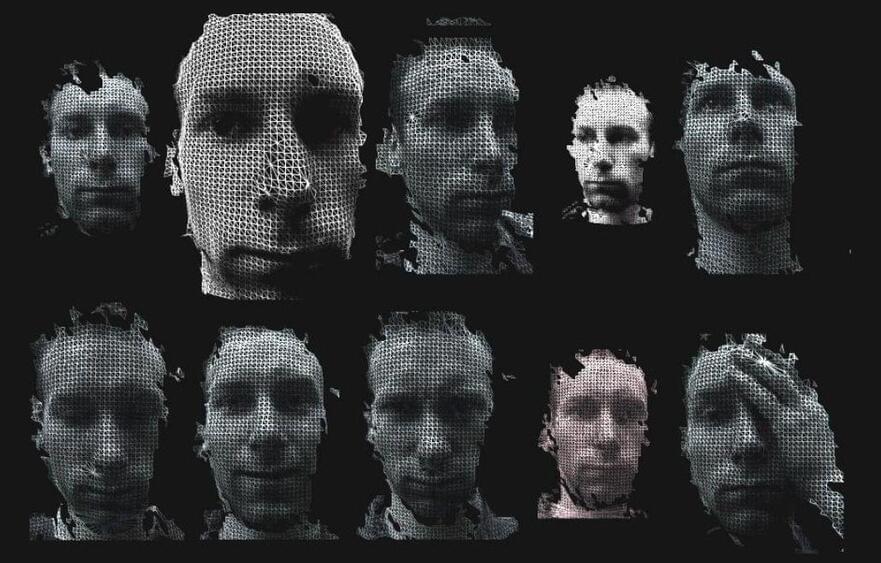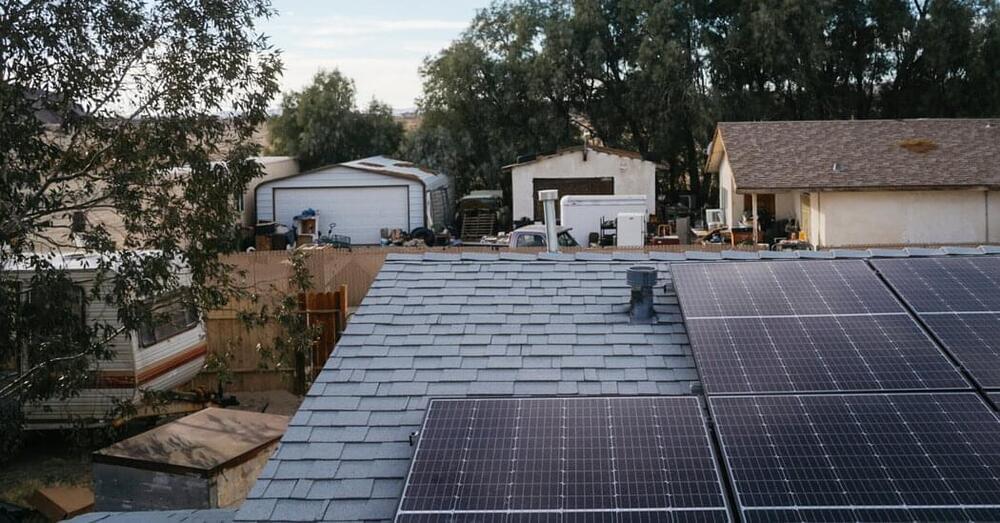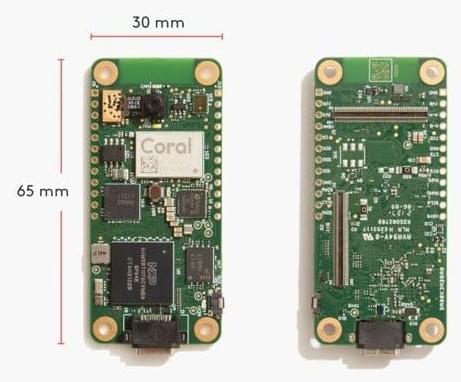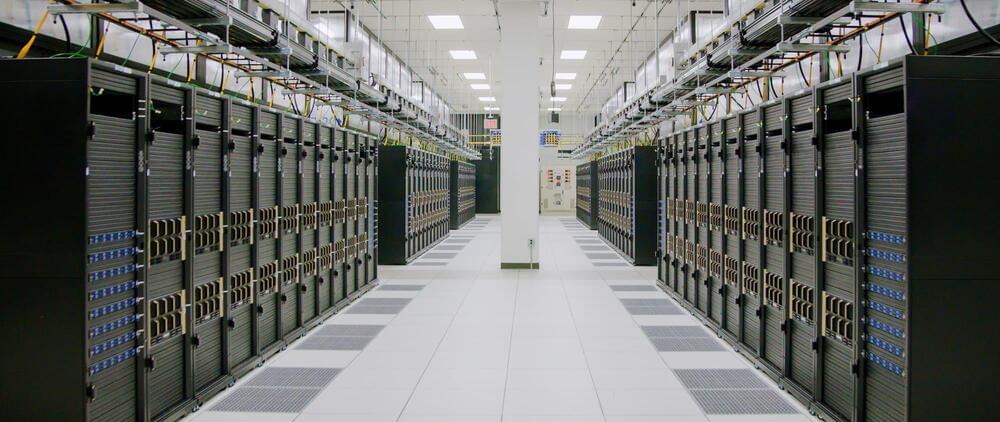In October 2017, the interstellar object ‘Oumuamua passed through our solar system, leaving many questions in its wake. Not only was it the first object of its kind ever observed, but the limited data astronomers obtained as it shot out of our solar system left them all scratching their heads. Even today, almost five years after this interstellar visitor made its flyby, scientists are still uncertain about its true nature and origins. In the end, the only way to get real answers from ‘Oumuamua is to catch up with it.
Interestingly enough, there are many proposals on the table for missions that could do just that. Consider Project Lyra, a proposal by the Institute for Interstellar Studies (i4is), which would rely on advanced propulsions technology to rendezvous with interstellar objects (ISOs) and study them. According to their latest study, if their mission concept launched in 2028 and performed a complex Jupiter Oberth maneuver (JOM), it would be able to catch up to ‘Oumuamua in 26 years.
On October 30th, 2017, less than two weeks after ‘Oumuamua was detected, the Initiative for Interstellar Studies (i4is) inaugurated Project Lyra. The purpose of this concept study was to determine if a mission to rendezvous with ‘Oumuamua was feasible using current or near-term technologies. Since then, the i4is team has conducted studies that considered catching up with the ISO using nuclear-thermal propulsion (NTP) and a laser sailcraft, similar to Breakthrough Starshot—an interstellar mission concept for reaching Alpha Centauri in 20 years.





